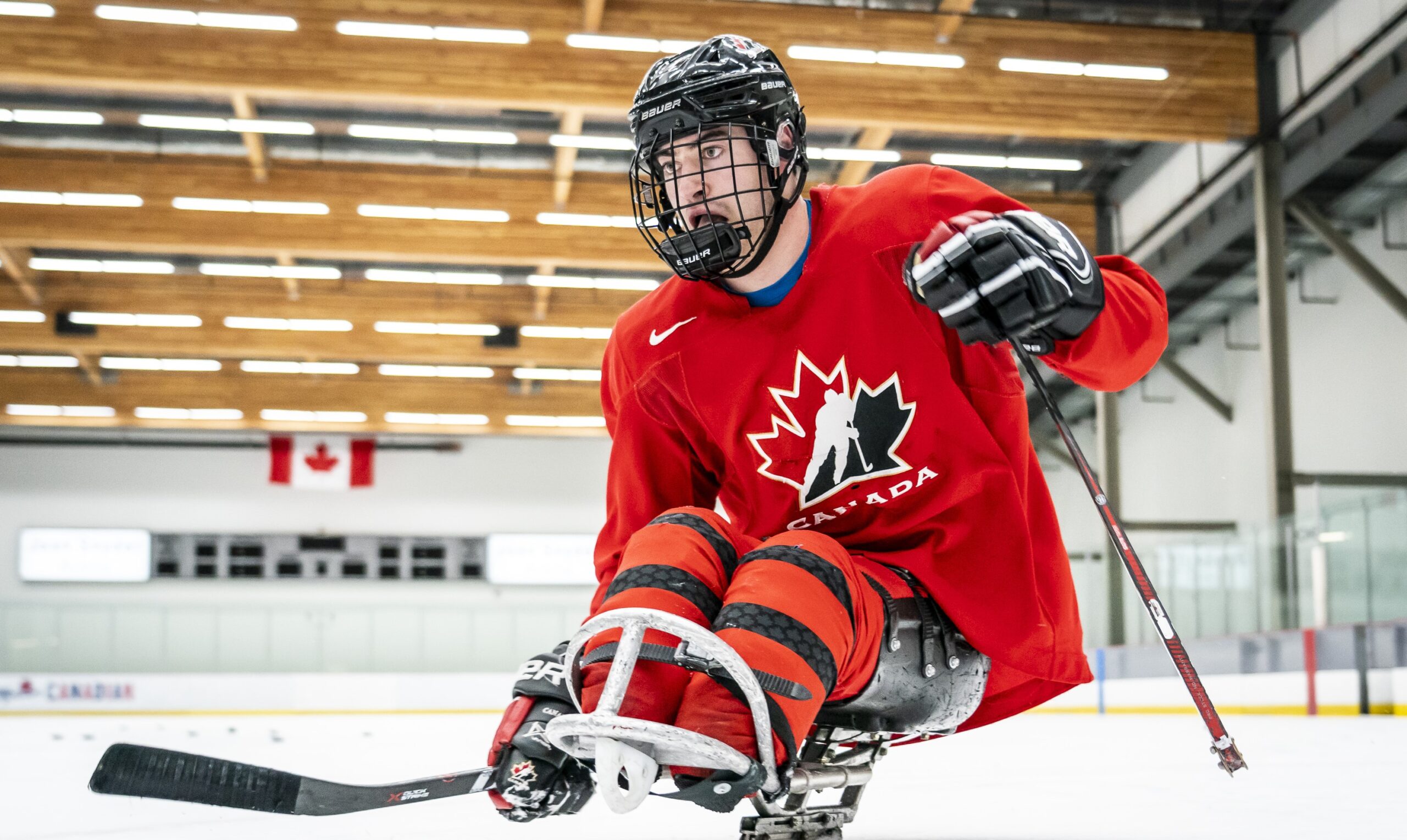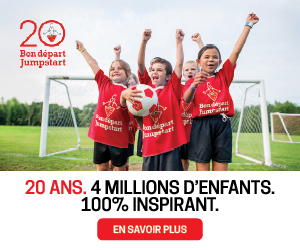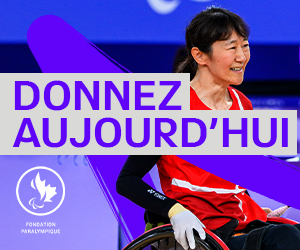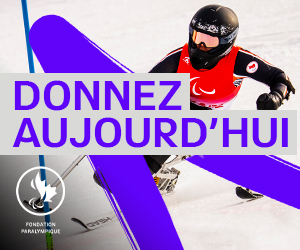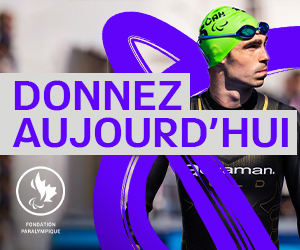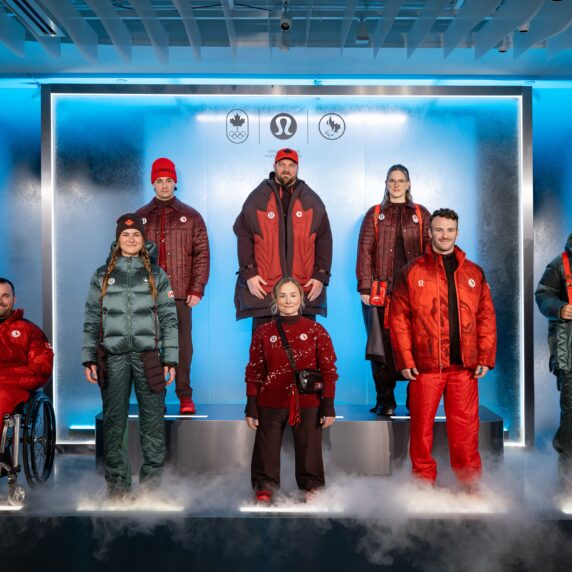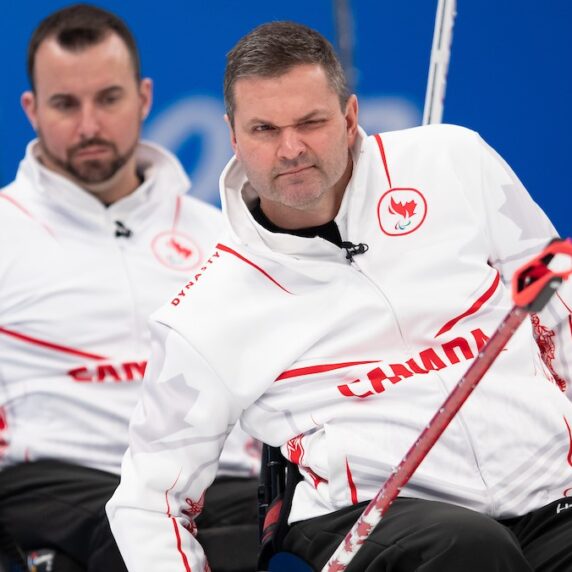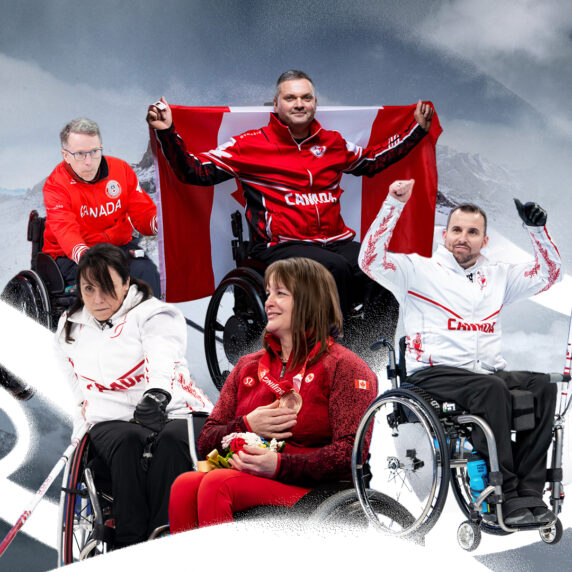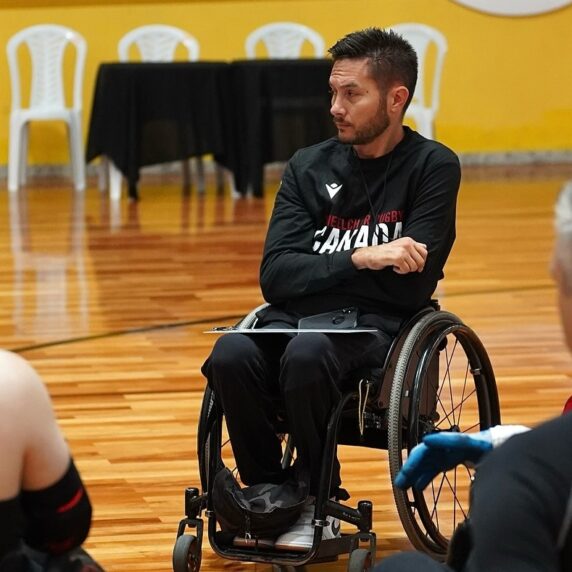The Canadian Olympic and Paralympic Sport Institute Network (COPSIN), the Canadian Paralympic Committee (CPC), and Red Deer Polytechnic (RDP) have received a major $860,000 grant to support a groundbreaking national project aimed at improving access to safe, high-quality, and better-fitting sport equipment for Para athletes across Canada.
The project, titled Increasing accessibility to specialized Para sport equipment across Canada through advanced design and manufacturing, is valued at approximately $860,000 over three years. It is funded by $450,000 from the Natural Sciences and Engineering Research Council of Canada (NSERC) Applied Research Development grant, $300,000 from Alberta Innovates through the Campus Alberta Small Business Engagement program, and $112,500 from COPSIN and CPC. With in-kind contributions from project partners, the total project value is approximately $1.15 million.
This collaborative initiative brings together experts in sport science, engineering, and advanced manufacturing to address a well-known challenge in Para sport: Para athletes often struggle to access equipment that fits properly, performs well, and is affordable. The project aims to transform how adaptive equipment is designed, manufactured, and accessed – making it easier for more athletes to participate and excel in sport.
« We’re proud to contribute our expertise to this project, advancing inclusive solutions that improve the everyday experience of Para athletes in Canada and beyond, » said Dr. Tonya Wolfe, Associate Vice President of Applied Research at Red Deer Polytechnic. « RDP’s strengths in applied research, particularly our ability to bridge technology and social needs through a multidisciplinary approach, are pivotal in driving innovation and an example of how Polytechnics are uniquely positioned to lead collaborations between industry and innovators. »
The project will launch with a focus on Para ice hockey and expand to other Para sports in future phases. Through a collaboration between RDP’s Centre for Innovation in Manufacturing – Technology Access Centre (CIM-TAC), the Canadian Sport Institute Alberta, and Bowhead Corp., researchers will work directly with athletes to explore how equipment design affects comfort, movement, safety, and performance. Using tools like 3D printing, smart sensors, simulation software, and Statistical Shape Modeling, the team will design and test sport-specific solutions that are both effective and scalable.
“We are so proud to be working alongside COPSIN and Red Deer Polytechnic on this game-changing project,” said Catherine Gosselin-Després, Chief Sport Officer, Canadian Paralympic Committee. “Equipment is fundamental to a positive experience in Para sport. With easier, more affordable access to properly fitted, sport-specific gear, more athletes with a disability can fully enjoy the benefits of sport and achieve their goals, whether at the recreational, national, or international levels. This project illustrates the value of collaboration and bringing together experts in different fields to create even greater impact, and we believe it has the potential to transform Para sport across Canada by removing barriers and opening new pathways to get involved.”
“Access to the right equipment can be the difference between simply participating and truly excelling,” said Erik Groves, Project Lead for COPSIN and Director of Research and Innovation at the Canadian Sport Institute Alberta. “By combining athlete insight with innovative design and manufacturing, we’re working to ensure that Para athletes can compete with confidence in equipment built specifically for them. In addition to the experts from CSI Alberta, other experts from other members of the Network may be asked to contribute to the project.”
The final phase of the project will apply data from 3D body scans of up to 50 Para athletes to support broader manufacturing while maintaining a personalized fit. In addition to improving equipment access and performance, the project will help grow Canada’s sport tech and manufacturing sectors, create training opportunities for students and professionals, and support more inclusive sport experiences nationwide.
The project begins in spring 2025 and will run for three years, moving through four key phases. Phases One, Two, and Three follow a human-centered design methodology to guide research and equipment development. Each of these phases will focus on either a different group of athlete classifications or a different sport, with four new Para athletes in each pilot study. The design methodology involves working with athletes to identify needs and equipment challenges and then simulating and 3D printing to build and test new equipment. These designs then integrate athlete feedback, biomechanics data and safety metrics and are further optimized for manufacturing. Phase Four uses shape modeling and athlete scan data to develop scalable, optimized equipment solutions.
This collaborative effort represents a meaningful step toward equity, innovation, and performance in Canadian Para sport.
